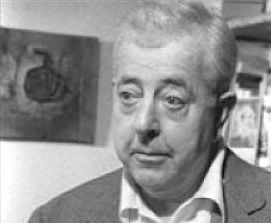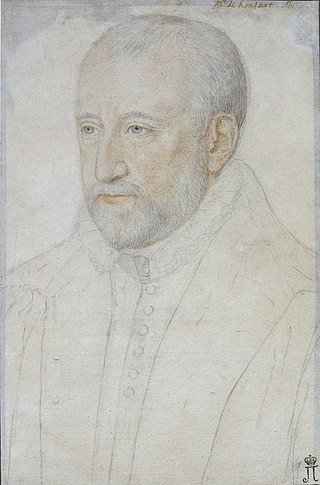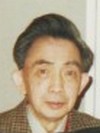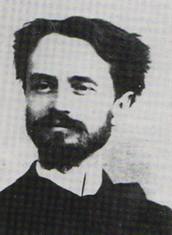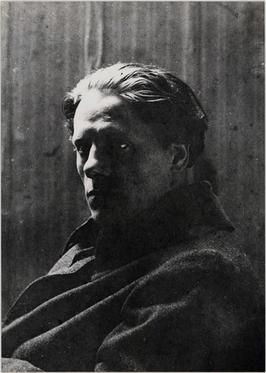Marc Lafargue, born on May 15, 1876, in Toulouse, and died in the same city on May 7, 1927, was a French poet, art critic, and painter.
Contents
- Biography
- Early Life (1876-1892)
- L'Effort Group (1892-1899)
- Journey to Provence (1903)
- Between Toulouse and Paris (1904-1926)
- Settlement in Toulouse and Death (1926-1927)
- Legacy
- Works
- Poetic Works
- Painted Works
- A Defender of Toulouse's Heritage
- Publications
- Books
- See also
- References
- Bibliography
- Works and articles focused on Marc Lafargue
- More works related
While still a high school student, Lafargue was an active member of a group of young poets in Toulouse and published his first collection in 1897, titled "Le Jardin d'où l'on voit la Vie" (The Garden from Which One Sees Life), containing poems influenced by symbolism and the style of Verlaine. He also demonstrated a strong attachment to his native region, which he depicted in several poems. In 1903, he embarked on a long journey to Provence, where he met various artists, including Aristide Maillol, with whom he developed a lasting friendship.
A second collection, "L'âge d'or" (The Golden Age), was published in 1903, marking a departure from his earlier influences towards a style closer to the emerging literary naturism. Despite his fondness for rustic life in the countryside, Lafargue alternated between extended stays in Toulouse and Paris, where he pursued a career as an art critic and contributed to numerous newspapers. He rarely published poetry thereafter, focusing instead on self-taught painting, which he also pursued discreetly. Encouraged by his friends, Lafargue eventually published a new book in 1922, "La Belle Journée" (The Beautiful Day), a collection of poems written nearly 15 years earlier. He composed an ode inspired by Ronsard in 1924 and published a biography of Camille Corot in 1925, followed by a translation of Virgil's "Bucolics" in 1926.
In 1926, he permanently left Paris to care for his ailing mother and sister in Toulouse. Despite obtaining a position as a librarian, he suffered the loss of both his mother and his wife, who also had fragile health, within a few days of each other. Stricken by these bereavements and afflicted with heart problems, he passed away on May 7, 1927. Lafargue's death was extensively mourned in Toulouse's literary circles, where significant tributes were paid to him. His friends endeavored to publish his numerous unpublished poems and discovered many of his paintings, which he had kept secret. A posthumous collection, "Les Plaisirs et les Regrets" (Pleasures and Regrets), was published in 1928, accompanied by exhibitions of his drawings and paintings. A monument was finally erected in his honor in the square of the Musée des Augustins in 1936.
Described as a modest artist indifferent to fame, Lafargue participated in only one competition during his career and retained many of his works for himself. There is little scholarship on his work, primarily focusing on his paintings, the exact chronology of which remains unknown. While his early poems were somewhat melancholic, they already displayed his enduring attachment to nature, a theme present throughout his subsequent collections. His style evolved over the years, achieving a simple form influenced by classical poets such as Ronsard, whom he honored in his ode.
Additionally, Lafargue was a staunch advocate for the heritage of his hometown, Toulouse, inspiring several poems. In the press, he publicly opposed urban development projects that threatened ancient monuments, successfully rallying public opinion and preserving landmarks such as the Hôtel Dahus.
















